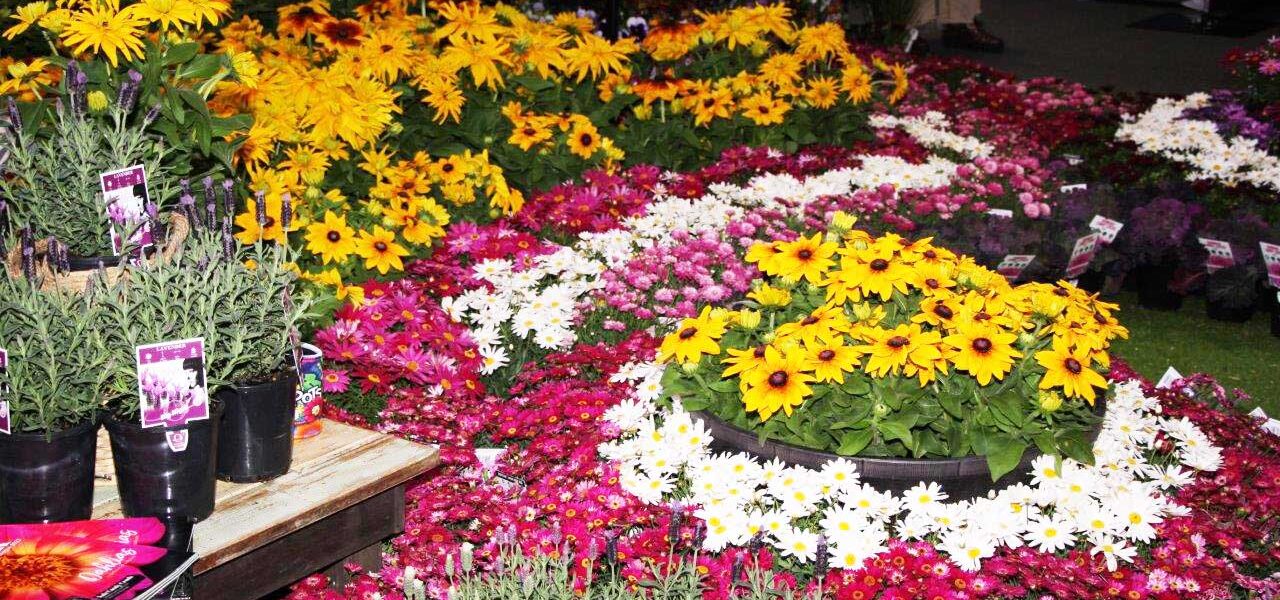Designing a garden requires the knowledge and flair to mix perennials to create a balanced effect. The use of seasonal colour in the form of short-lived annuals or biennials is often dismissed as a reserve of the amateur gardener, or to bring colour for a special occasion.


